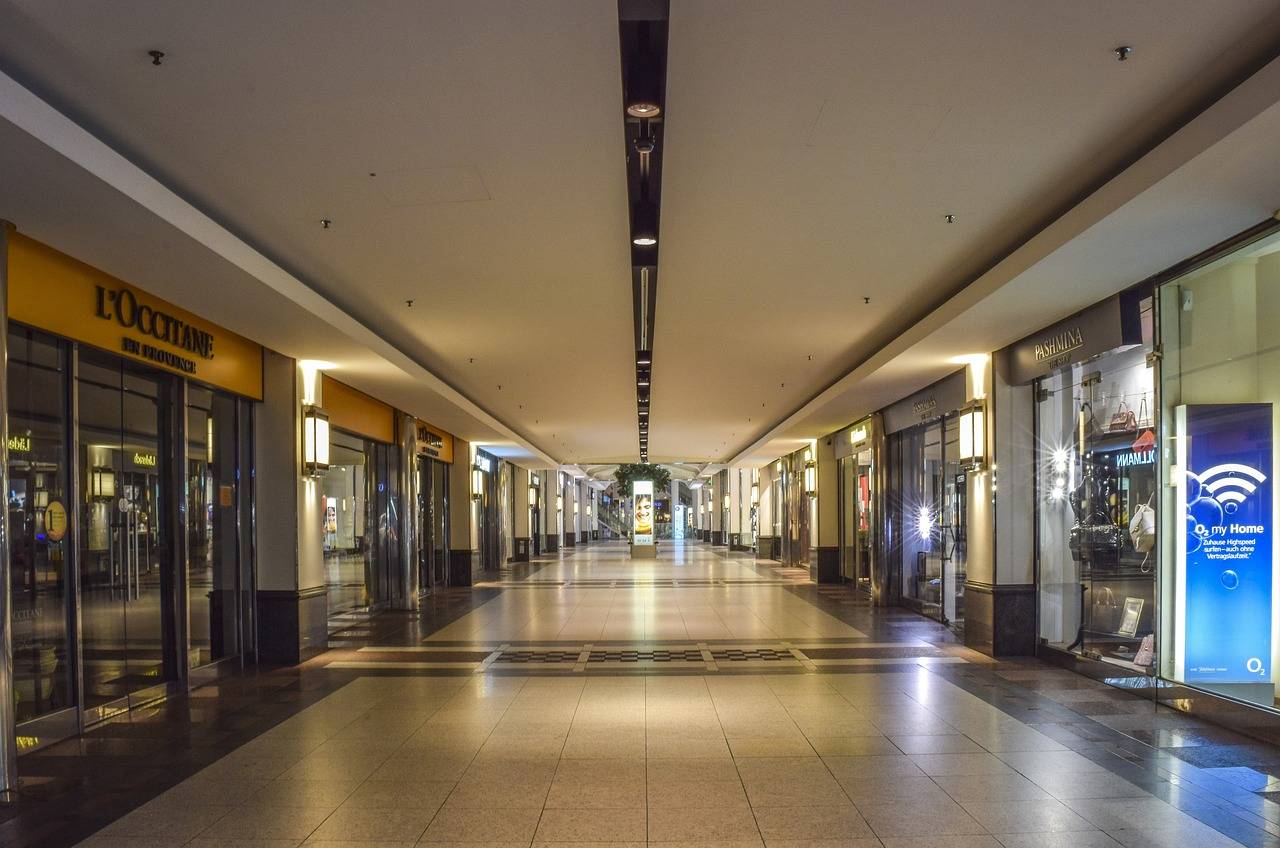The Future of Drone Delivery in Urban Areas
Drone delivery services have been hailed as a revolutionary solution for urban logistics, offering faster and more efficient ways to transport goods across densely populated areas. However, the implementation of drone delivery in urban settings comes with a myriad of challenges. One of the primary obstacles is the complexity of navigating through crowded cityscapes, with tall buildings, narrow alleys, and heavy traffic creating obstacles for drones to safely maneuver.
Moreover, ensuring the security and privacy of deliveries poses another significant challenge. The risk of drones being intercepted or tampered with, both by individuals seeking to steal packages or disrupt operations, raises concerns about the safety and reliability of drone delivery services in urban environments. Additionally, regulations regarding airspace usage, noise levels, and flight paths further complicate the integration of drones into city logistics systems.
Potential Benefits of Drone Delivery in Urban Areas
Drone delivery in urban areas offers the advantage of swift and efficient transportation of goods to customers’ doorsteps. By using drones, companies can navigate through congested city streets and deliver packages in a timely manner, potentially reducing the challenges associated with last-mile logistics. This streamlined process can lead to increased customer satisfaction and loyalty, as recipients receive their orders quickly and without the delays often encountered with traditional delivery methods.
Moreover, the utilization of drones for urban delivery can contribute to environmental sustainability by reducing carbon emissions from diesel-powered delivery vehicles. With concerns about climate change on the rise, adopting drone delivery services in cities can play a role in minimizing the carbon footprint associated with transportation and logistics operations. Embracing this technology not only provides convenience and efficiency but also aligns with the growing emphasis on eco-friendly practices in urban settings.
Regulatory Hurdles for Drone Delivery Services in Cities
Drone delivery services face significant regulatory hurdles when operating in urban settings. One major challenge is navigating the complex web of local, state, and federal regulations that govern airspace usage and drone operations. It can be difficult for companies to ensure compliance with all relevant laws, leading to delays and uncertainties in launching and expanding drone delivery services in cities.
Additionally, concerns about safety and privacy present ongoing challenges for drone delivery companies. Regulators and the public alike are wary of potential risks associated with drones flying over densely populated urban areas. Security protocols and privacy measures must be robustly implemented to address these concerns and gain public trust in the safety and reliability of drone delivery services within cities.





